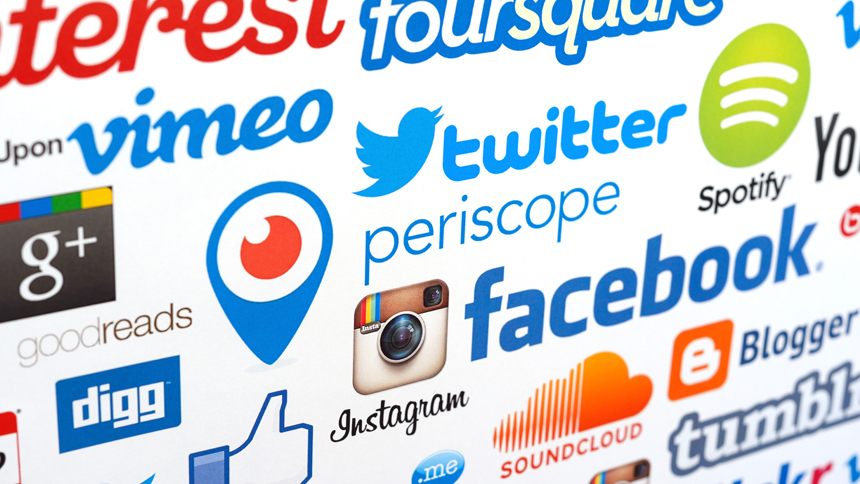If you have a design background, a keen interest in digital products, and a desire to work in the tech industry, then a UX or UI designer career might be your calling. However, you might wonder: What exactly do UX/UI designer jobs entail, and how does one embark on this career path?
You’re in the right place for answers. We’ve consulted several industry experts to get the lowdown. Here’s what they shared.
Also on Mediabistro


What exactly does a UX/UI Designer do?
Firstly, it’s crucial to understand that UX and UI design are distinct yet interrelated aspects of a single consumer experience. UX, or user experience, is all about how a product functions and how users interact with it. UI, or user interface, on the other hand, deals with the aesthetics—the look and layout of the product.
Matthew Cogswell, a senior art director and UX/UI designer at modop, a digital advertising and marketing agency in Los Angeles, likens UX to the mechanics of a car—how it drives, shifts gears, or protects you in an accident—and UI to the color and design of the car.
A UX designer ensures a product is intuitive and logical, guiding the user effortlessly from one step to the next. Meanwhile, a UI designer focuses on ensuring that each page or screen visually echoes this logical path.
Devin Harold, a UX architect/UI designer at iCiDIGITAL in Chicago, describes his role as multifaceted. Some days are dedicated to wireframing a system, while others involve bringing it to life with an appealing color palette, depth, and interaction.
Key Skills for Success in UX/UI Design
The skill set required for UX/UI design is diverse. “A UX designer needs to be adept at executing, facilitating, and analyzing research and data. UI designers, on the other hand, should excel in composition and graphic design, with a keen eye for palettes, typography, and branding to make an interface stand out,” says Harold.
Problem-solving skills and empathy are crucial. “A good UX designer understands how the user acts, a better one focuses on how the user thinks, but the best UX designer will consider how the user feels,” Cogswell notes.
Collaboration and communication are also key. According to Eric Guess, a UX designer with iCiDIGITAL in Raleigh, North Carolina, effectively conveying your design story to stakeholders is essential. Being well-versed in information architecture to organize information clearly is also important.
Career Path and Progression
Typically, a UX/UI designer may report to an art or creative director, although this can vary. The field also has a range of titles like web designer (UI), experience designer (UX), and interaction designer (IxD), which may differ in responsibilities across agencies.
Advancing in the Design Field
Continuous learning is the key to advancement in this field. Guess advises always striving to improve and broaden your skills to stay ahead.
Breaking into UX/UI Designer Role
While some designers may have a fine arts degree, it’s not just about academic qualifications. Building a comprehensive portfolio that showcases your process from start to finish, especially with finished comps, is vital. Persistence in job seeking is also crucial—never take ‘no’ for an answer.
The Future of UX/UI Design
As technology evolves, so does the role of UX/UI designers. With the rise of AI, VR, and other digital innovations, designers must adapt their skills to design new interfaces and user experiences. Staying ahead of tech trends and understanding how they impact user behavior will be crucial for any aspiring UX/UI designer.
Integrating Design with Business Strategy
Increasingly, businesses recognize the value of UX/UI design in driving product success and customer satisfaction. As a UX/UI designer, understanding business objectives and aligning your design strategy with them can significantly impact the product’s market performance and user satisfaction.
By exploring these facets of UX/UI design, you can better prepare for a successful career in this dynamic and rewarding field. Remember, the key to UX/UI design success lies in combining technical skill, creative vision, and a deep understanding of user needs.
Check out open UI UX and digital media jobs on Mediabistro’s job board.











